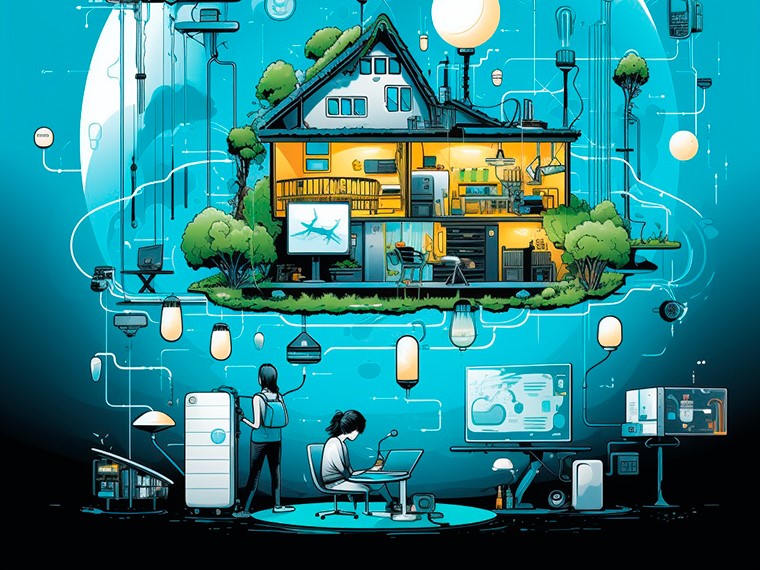Problems and Drawbacks of Building a Smart Home: Challenges and Prospects

Problems and Drawbacks of Building a Smart Home: Challenges and Prospects
With each passing year, technology becomes more integrated into people's everyday lives. A smart home is not just a trendy fad, but a real step towards increasing comfort, safety, and energy efficiency in housing. In Estonia, like in many other countries, the possibilities of smart technologies are attracting more and more attention. However, creating a smart home comes with a number of problems and challenges.
Cost
One of the main obstacles to the spread of smart homes in Estonia is the cost. The price of comprehensive home automation can be quite high, especially when it comes to advanced systems with a wide range of functions. Investments are required not only in equipment, but also in its installation and configuration.
Complexity of Management
Managing a smart home may seem complicated to users who do not have experience with advanced technologies. Interfaces can be confusing, and the setup process can be labor-intensive. There are also difficulties in integrating various devices from different manufacturers.
Lack of Information
Consumer awareness of the possibilities and advantages of a smart home is of great importance. The IT sector is actively developing in Estonia, but information about such systems is often limited to technical literature or specialized portals, making it less accessible to the general public.
Technical Support
The quality of technical support plays a key role in the operation of smart home management systems. The lack of a sufficient number of specialists capable of offering qualified assistance in case of difficulties or malfunctions is another pressing problem in the Estonian market.
Challenges
First and foremost, the industry faces the task of reducing the cost of components and integration work for smart home systems, making these technologies more accessible to different segments of the population.
Continued work on simplifying interfaces and providing easier access to information will help users more freely utilize the potential of a smart home.
The need to expand the pool of qualified specialists is evident: the more offerings there are from service companies with a good reputation, the higher the competitiveness of the product on the market.
Prospects
The development of the Internet of Things (IoT) provides new opportunities for creating efficient distributed systems for monitoring housing services. The formation of ecosystems with "smart" equipment will be a key task in stimulating the growth of this field.
Government support programs can become one of the driving forces behind the development of the home automation market. Providing grants or tax incentives for the purchase and installation of equipment will accelerate the process of adapting new technologies to a wide audience.
Estonia's IT cluster has already established itself as one of the most innovative centers in Europe. The development of domestic solutions for such systems can significantly impact the reduction in the final product's price through localization of production.
Creating a solid information base and methodological materials will help consumers quickly adapt to the functionality of a "smart" home, which will positively contribute to its popularization.
These promising directions can significantly change the landscape of home automation system usage in Estonia and make the concept of a "smart" home not just a privilege for a few, but a comfortable reality for the masses of users.








